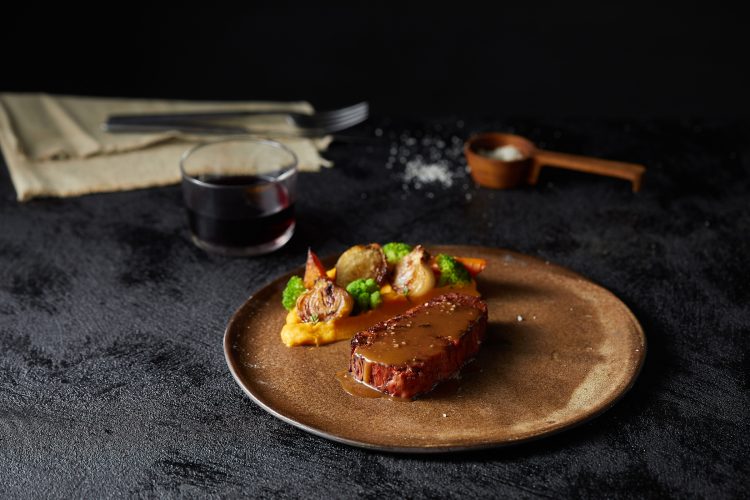
Company Unveils World’s Fist 3D-Printed Meatless Steak
Redefined Meat, an Israeli startup specializing in alternative meat, recently unveiled what it calls the world’s first 3D-printed plant-based steak called Alt-Steak. Using its own

Redefined Meat, an Israeli startup specializing in alternative meat, recently unveiled what it calls the world’s first 3D-printed plant-based steak called Alt-Steak. Using its own

Unless you’ve been living under a rock for the past decade or so, you’ve probably seen pictures of Japan’s square watermelons doing the rounds online.
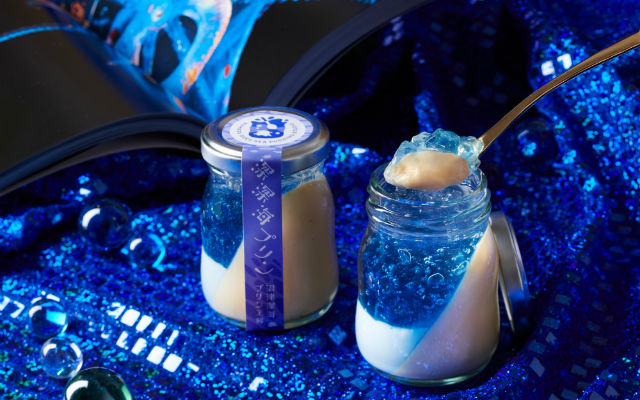
Numazu Port, in central Japan’s Shizuoka Prefecture, was more famous for its seafood dishes and arresting views of Suruga Bay, but ever since photos of
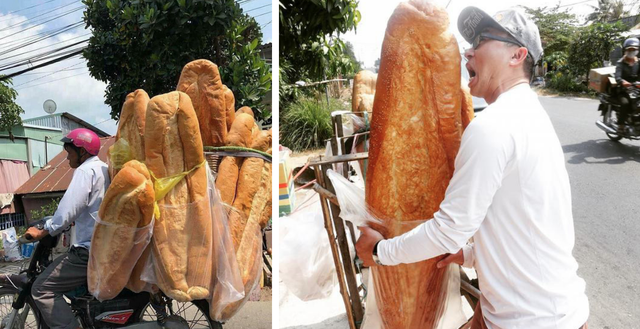
Believe it or not, the Vietnamese province of An Giang, in the Mekong Delta, is less known for its breathtaking natural attractions than for the
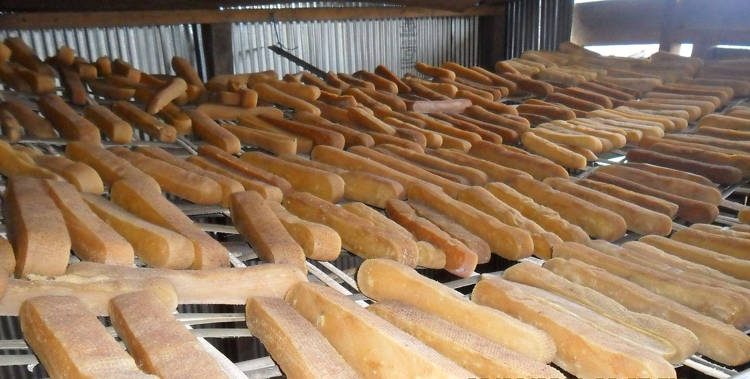
I understand that the title reads a bit strange, but then again this is no ordinary cheese we’re talking about. It’s the hardest cheese in
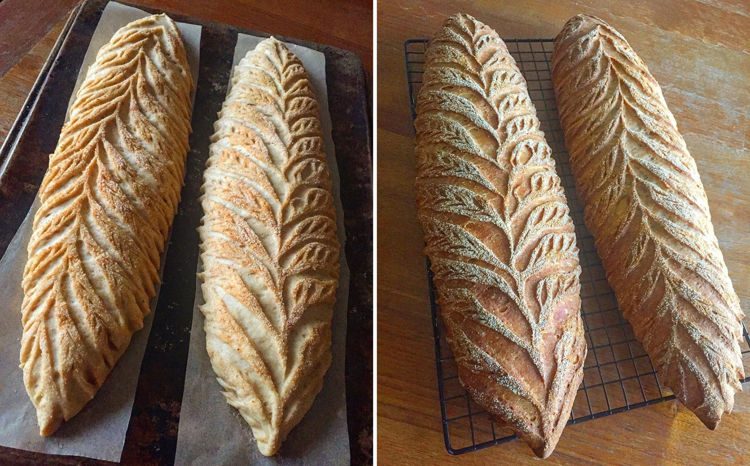
When it comes to making bread that’s almost too good to eat, few bakers even come close to Hannah P, a North Carolina food artist
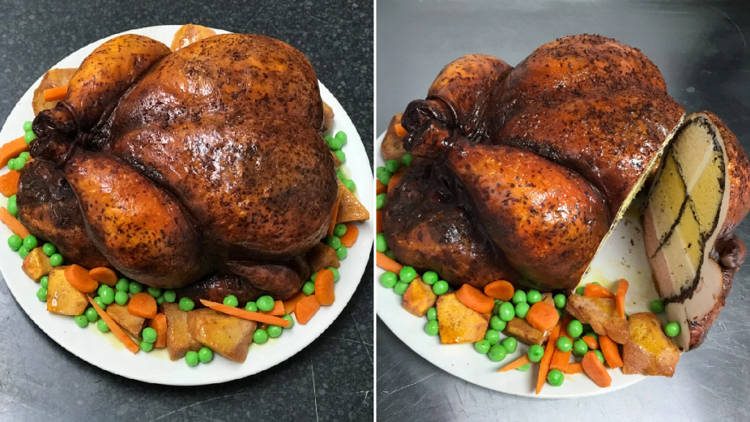
Ben Cullen, a former tattoo artist turned food artist extraordinaire, has been getting a lot of attention for his amazing cake illusions, which range from
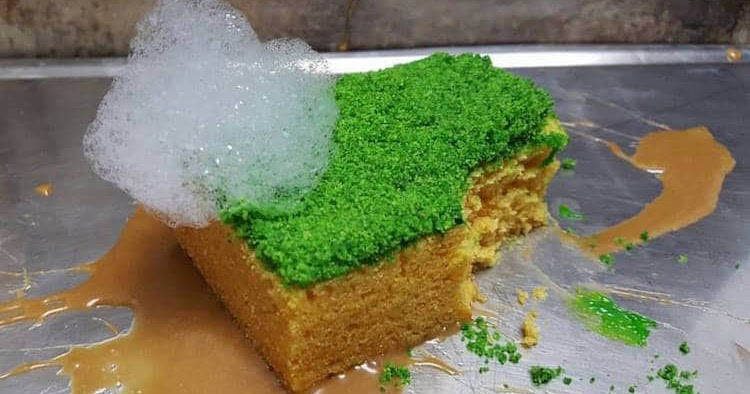
Chef Ben Churchill calls himself a “food illusionist” and while the title may seem a bit pompous, it’s actually quite fitting, as Churchill specializes in
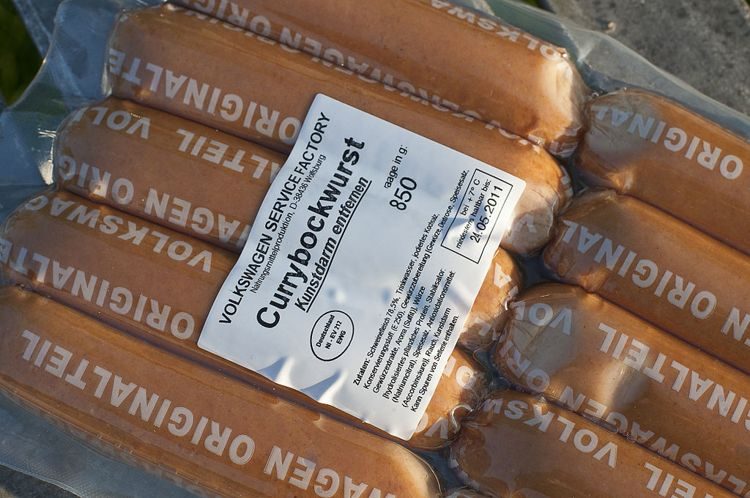
The Volkswagen Golf has historically been the German car maker’s best selling model, but surprisingly it’s not the company’s best selling product. That title goes
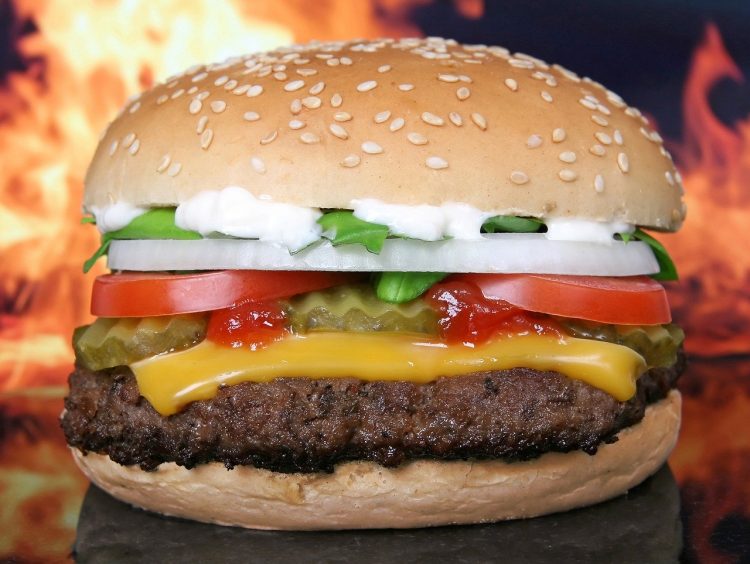
Matt Nadin, a father of three from Barnsley, in the UK, wanted his 40th birthday to be special, so he celebrated it by eating a
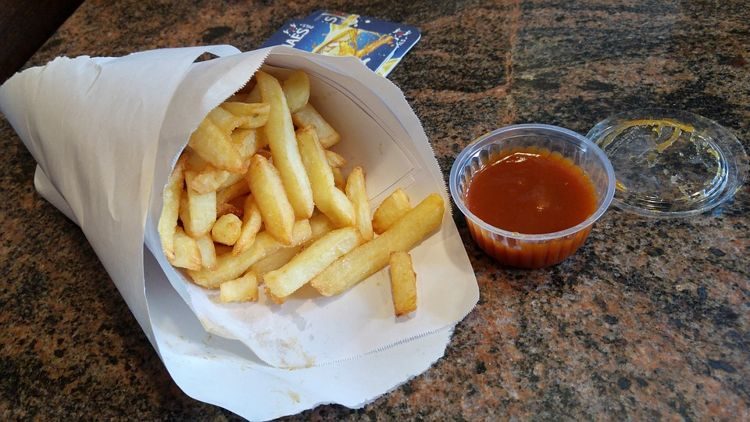
A 45-year-old Belgian man claims that he has eaten only potato fries and a fricadelle – Dutch hot dog – for dinner every day ever
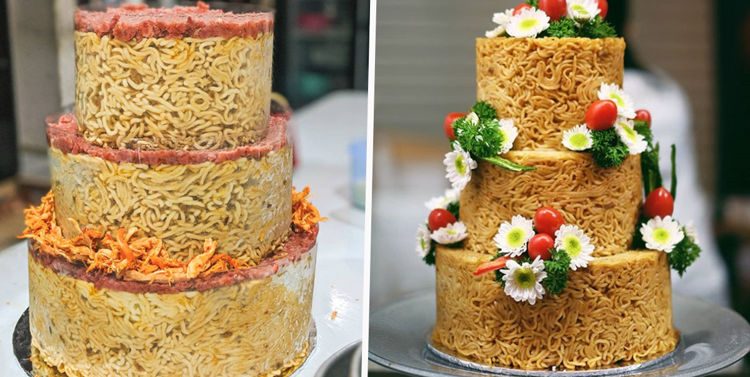
The cakes below may look perfect to satisfy your sweet tooth, but they’re actually not desserts at all. They’re made of instant noodles and topped
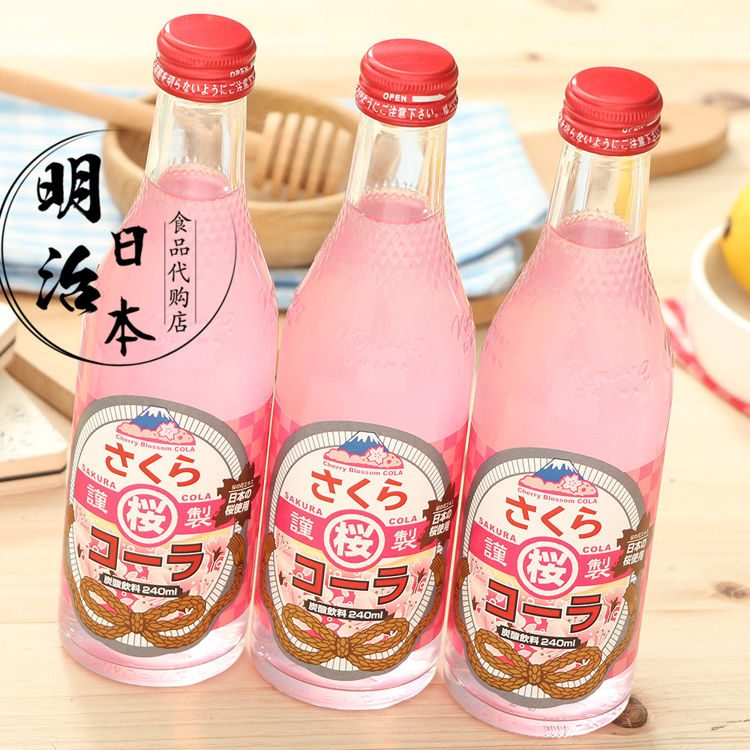
If you thought Coca Cola Vanilla was weird soft drink, the flavors developed by Shizuoka Prefecture-based company Kimura Beverage will probably blow your mind. When

A group of scientists from ETH Zurich and FHNW University of Applied Sciences and Arts Northwestern Switzerland recently filed a patent for a process that
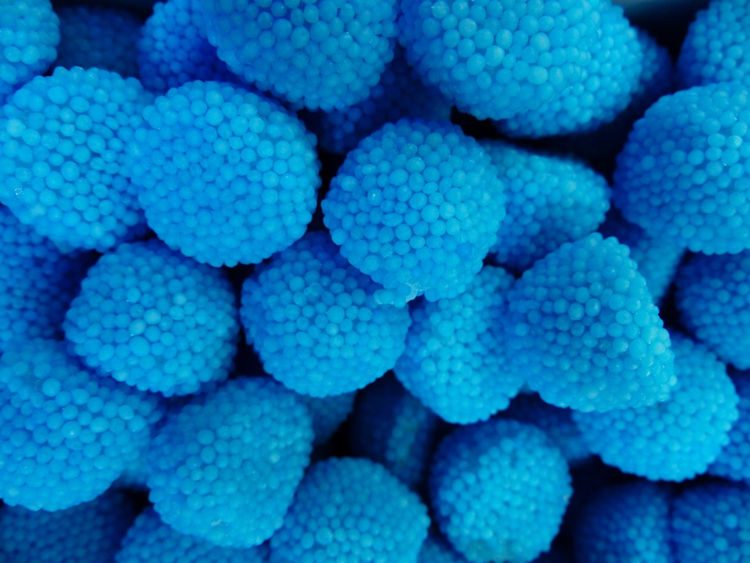
The ripe berries of the genipa tree, called genipapo, have long been used throughout Central and South America to make syrups and liquors, but for